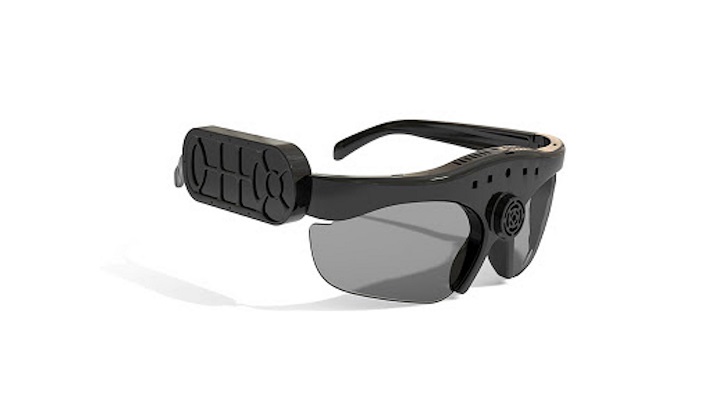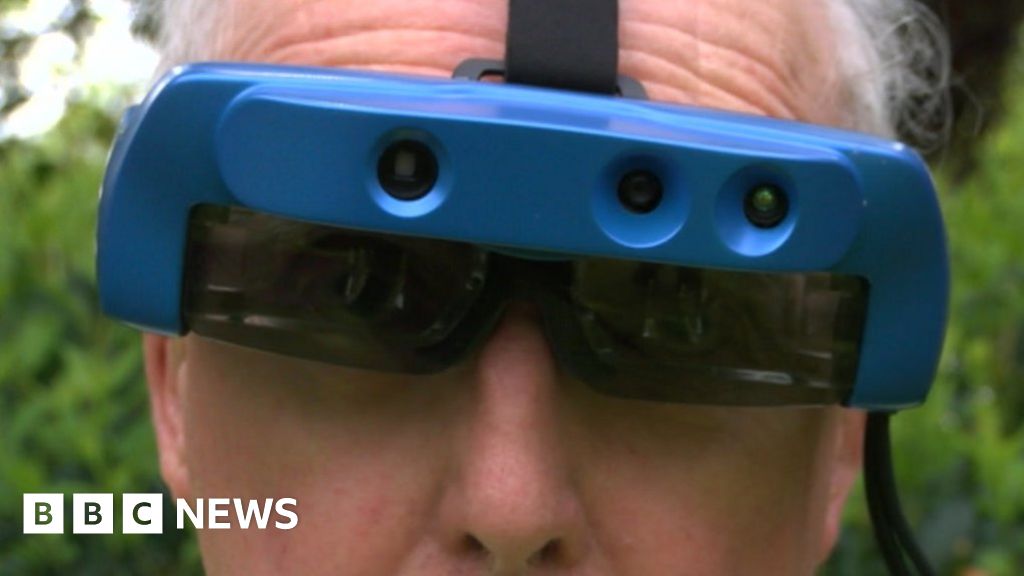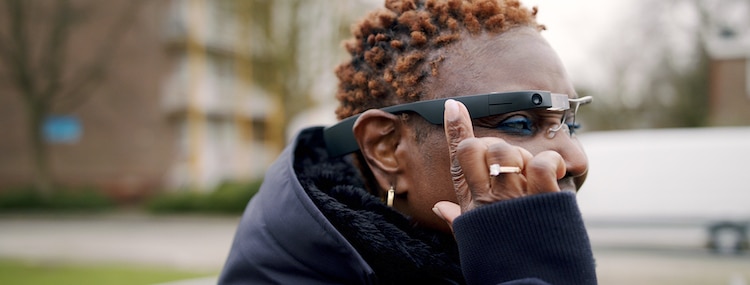Mobility Aids for Visually Impaired Users: Enhancing Independence and Navigation
Enhancing Ease Of Access Through Assistive Modern Technology for the Blind
The integration of assistive modern technology for the blind represents a crucial advancement in availability, essentially altering how individuals browse their settings and involve with society. As we check out the varied types of assistive tools and their concrete effects on everyday living, it comes to be important to examine how ongoing technological improvements are improving the landscape of assistance for the blind area.
Review of Assistive Technology
Assistive innovation refers to a series of tools and software program designed to improve the capacities of individuals with specials needs, consisting of those who are visually impaired or blind. This technology plays an important function in promoting freedom and improving the quality of life for users. By giving different techniques for accessing info and carrying out everyday tasks, assistive technology encourages people to browse their atmospheres better.
The development and implementation of assistive modern technology accept a range of principles focused on promoting ease of access. These principles consist of user-centered style, which prioritizes the demands and choices of the person, and the combination of modern technology into everyday tasks. Such improvements guarantee that assistive devices are not just practical but very easy and likewise instinctive to utilize.
Furthermore, assistive modern technology incorporates a diverse spectrum of options, from low-tech options like magnifiers to sophisticated advancements such as screen readers and Braille displays. The recurring advancement of this field is driven by the need to attend to the unique obstacles faced by individuals with visual problems (Wearable technology for low vision). As technology remains to advance, the possibility for enhancing availability and promoting inclusivity stays encouraging, ultimately adding to a more equitable culture

Types of Assistive Devices
Many sorts of assistive tools are available to support people that are blind or visually damaged, each developed to attend to particular requirements and obstacles. These devices can be extensively classified right into 3 main types: low-tech, mid-tech, and sophisticated solutions.
Low-tech gadgets consist of things such as magnifiers, Braille tags, and tactile maps. These are relatively basic devices that boost the user's ability to engage with their setting without calling for complex technology.
Mid-tech gadgets usually entail advanced attributes, such as electronic magnifiers and mobile Braille note-takers. These gadgets can supply capabilities like speech outcome, enabling users to accessibility information extra effectively.

Influence On Daily Living
The availability of numerous assistive tools dramatically improves the quality of life for people that are blind or visually damaged, impacting their everyday living in extensive means. By integrating modern technologies such as screen visitors, Braille presents, and audio description solutions right into their routines, customers obtain greater freedom and independence. These devices help with access to information, allowing people to perform daily tasks, such as reviewing emails, navigating public areas, and enjoying media material.
In addition, assistive devices encourage individuals to engage more completely in social communications and community activities. The ability to make use of smartphones outfitted with ease of access functions permits for seamless communication and link with others. This connection fosters a sense of belonging and reduces feelings of seclusion.
In professional settings, assistive technology supports productivity by allowing people to total work jobs efficiently. Tools like voice recognition software application and specialized magnifying tools make it possible for customers to take part in the workforce on equal footing with their sighted peers.

Improvements in Technology
Current technical advancements have substantially changed the landscape of tools offered for people that are blind or aesthetically impaired. The assimilation of expert system (AI) and artificial intelligence has generated applications that improve navigation and object recognition. Mobile phone applications can now make use of AI to recognize and describe surroundings in real-time, providing customers with beneficial contextual info.
Additionally, innovations in haptic modern technology have led to the growth of wise canes outfitted with sensors that spot barriers and supply tactile responses. This empowers customers to navigate their setting with boosted self-confidence and freedom. Developments in text-to-speech software program and braille displays have actually improved the availability of electronic content, enabling for seamless interaction with various media.
Wearable innovations, such as wise glasses, are additionally making strides in assisting aesthetic impairment. As technology continues to develop, the capacity for even more transformative tools stays on the perspective.
Future Trends and Innovations
As modern technology quickly progresses, the future of assistive tools for people who are blind holds tremendous guarantee. Innovations in fabricated intelligence (AI) and artificial intelligence are positioned to transform the means blind individuals connect with their atmospheres. For circumstances, AI-driven applications are being established to boost object acknowledgment, allowing individuals to identify and navigate their YOURURL.com environments with greater simplicity and accuracy.
In addition, developments in haptic comments modern technology are enabling the development of responsive maps and navigating aids that offer real-time details via touch. These developments not only improve flexibility but likewise foster freedom. In addition, wearable devices geared up with enhanced fact (AR) attributes are arising, offering users visual info via sound descriptions, thereby bridging the space between the physical eye care doctors and digital globes.
Additionally, the combination of smart home modern technology offers new possibilities for access, enabling individuals to regulate their living atmospheres with voice commands or mobile phone applications. As partnership between tech developers and the blind community continues, the concentrate on user-centered style will guarantee that future developments are tailored to meet the unique needs of this populace (Wearable technology for low vision). The trajectory of assistive modern technology assures a much more inclusive and empowering future for individuals that are blind
Verdict
In final thought, assistive innovation plays a critical function in improving ease of access for individuals with aesthetic disabilities. The diverse range of devices, including display visitors and wise canes, dramatically boosts everyday living and cultivates self-reliance. Continuous innovations in modern technology and user-centered style ensure that these devices cater effectively to the special requirements of the blind area. As advancements progress, raised inclusivity and empowerment can be expected, ultimately enhancing the lifestyle for those influenced by visual problems.
The integration of assistive innovation for the blind stands for a critical innovation in ease of access, basically altering exactly how people browse their environments and engage with culture.Assistive technology refers to an array of devices and software application made to enhance the capabilities of people with handicaps, including those vision therapy who are blind or aesthetically damaged. Wearable technology for low vision.As innovation swiftly advances, the future of assistive devices for people that are blind holds immense guarantee. The trajectory of assistive technology guarantees a more inclusive and empowering future for people that are blind
In final thought, assistive innovation plays an essential role in boosting availability for people with visual disabilities.